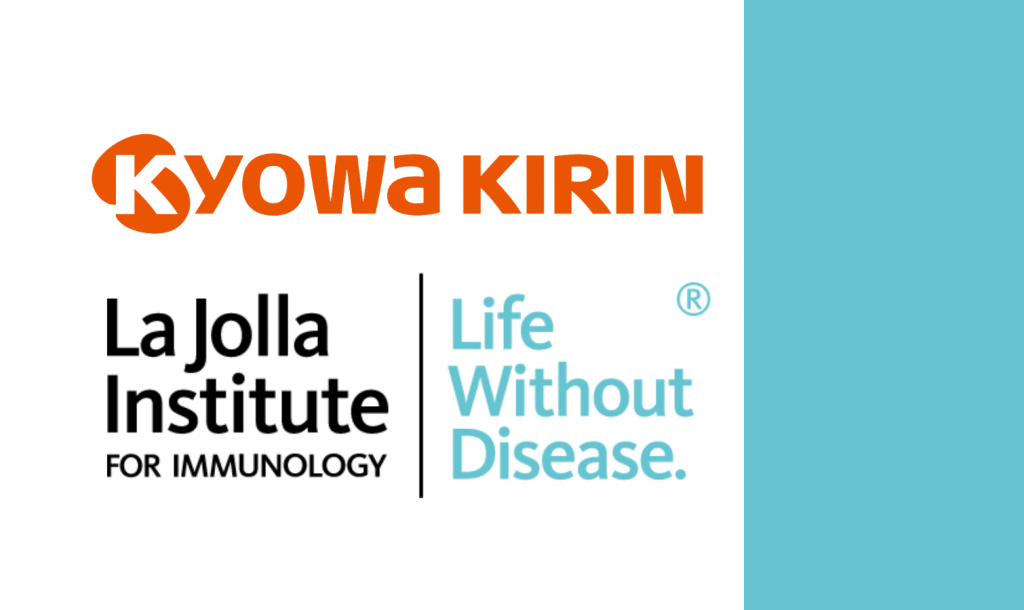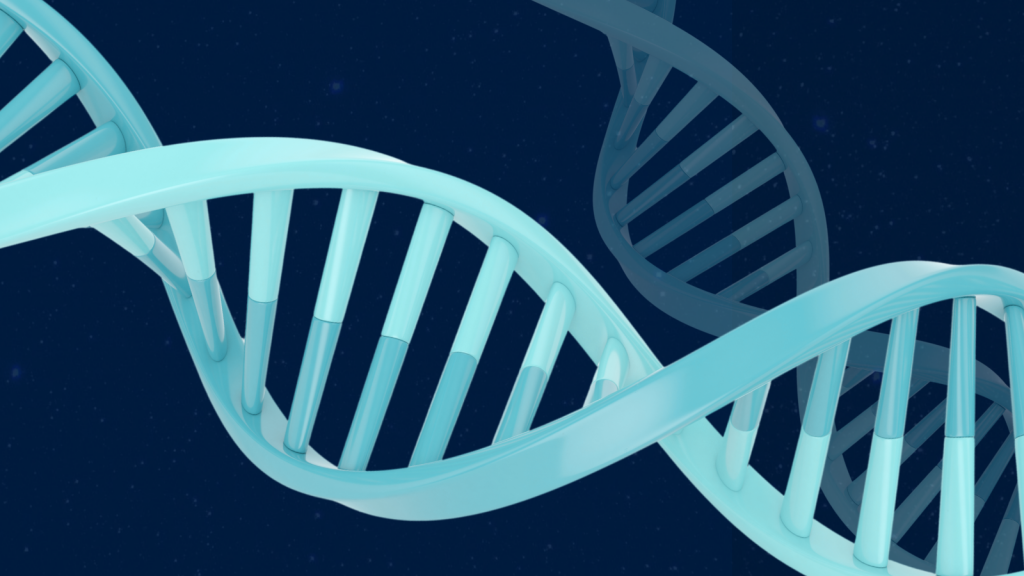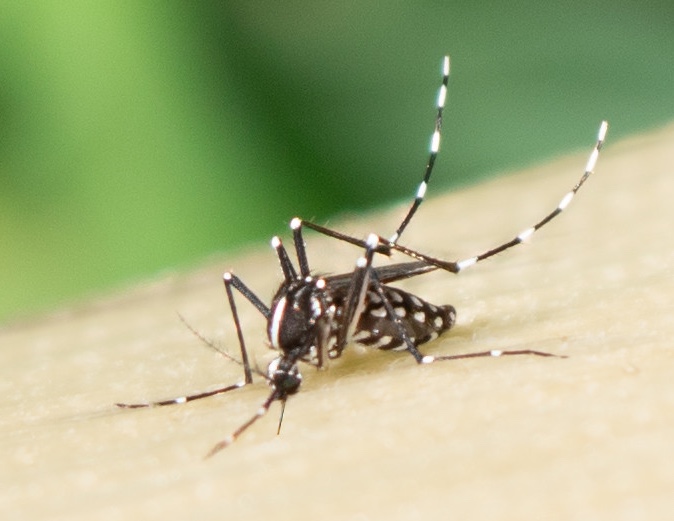Key Findings:
- There are no vaccines or therapies available for lymphocytic choriomeningitis virus (LCMV) infection. This pathogen spreads easily and is extremely common in people worldwide.
- Infection with LCMV can cause birth defects in developing fetuses, and severe illness and even death in the immuncompromised.
- New findings from La Jolla Institute for Immunology (LJI) scientists show how an engineered antibody can target LCMV and neutralize the virus. They found this antibody has the potential to both prevent infection and treat an already established infection.
- With this better understanding of LCMV’s weak spots, scientists can move forward with broadly protective vaccine strategies.
LA JOLLA, CA—An old virus, and a beacon for exploring the immune system.
Since the 1930s, scientists have explored a virus called LCMV (short for lymphocytic choriomeningitis virus) to reveal the hidden workings of the immune system. The virus is carried by rodents, which makes it a useful tool for laboratory research in mice. By investigating how the mouse immune system fights LCMV, researchers can catch immune cells and antibodies in action.
Early LCMV studies in mice led to the first-ever glimpses of how immune cells recognize invaders and how T cells remember past infections. The 1996 Nobel Prize in Physiology or Medicine was awarded to scientists who used LCMV to reveal exactly how immune cells tell pathogens apart from the body’s own cells.
“LCMV has been utilized for nearly a century now as a kind of beacon for understanding how the host immune response deals with viral infection,” says Alex Moon-Walker, Ph.D., a former LJI postdoctoral researcher who now works as a researcher in the biomedical industry.
Yet in all this time, scientists haven’t had a clear look at the viral machinery LCMV uses to infect host cells. Solving the structure of this piece of machinery—called LCMV’s glycoprotein—is important for developing vaccines or future therapies against the virus.
Now a new LJI study, published in Cell Chemical Biology, gives scientists the first-ever view of the pre-fusion LCMV glycoprotein trimer. This 3D structure shows precisely where the viral machinery may be vulnerable to antibody attack. What’s more, the new study is the first to show that an engineered antibody can prevent the disease caused by the virus, opening up a route to a needed medical treatment.
LCMV is also a human pathogen, spread by the mice that inhabit our homes and cities. People can get very sick from LCMV infections, especially people with compromised immune systems, such as people receiving organ transplants. The virus can also cross the placenta and infect a developing fetus, leading to serious birth defects or even fetal death.
“Even though LCMV has been characterized primarily as a mouse pathogen, the virus has unfortunately been neglected as a human pathogen as well,” says LJI Instructor Kathryn Hastie, Ph.D., who also serves as Director of the LJI Antibody Discovery Center. “So there’s no vaccine or therapeutic treatment for LCMV.”
“The immune system is great at making antibodies, but your immune cells can’t do their jobs unless they can see the right target on a pathogen. To prevent or treat LCMV infection, we need to know where the virus may be vulnerable to antibody attack,” says LJI Professor Shane Crotty, Ph.D., who co-led the study with LJI President and CEO Erica Ollmann Saphire, Ph.D., Hastie, and Moon-Walker.
Catching LCMV in action
A high-resolution look at LCMV’s glycoprotein structure is an important step toward discovering where the virus is vulnerable. This structure has proven hard to capture because of its propensity to unfold. The viral structure is literally a moving target. Once the virus is inside a rodent or a human, the virus makes a beeline for a host cell. After attaching, LCMV is taken inside host cells where it is sent to compartments that are acidic. The acidic environment inside the compartments changes the shape, or conformation, of the LCMV glycoprotein, and this conformational change promotes fusion between the viral and host cell membrane, a key step in the virus’ infection cycle. Antibodies can only fight the virus if they can catch the glycoprotein in its pre-fusion stage.
“If you can prevent the glycoprotein from undergoing this conformational change, then you essentially can neutralize the pathogen and stop it from infecting cells in the first place,” says Moon-Walker.
For the new study, Moon-Walker and Hastie engineered a version of the glycoprotein in its “prefusion state.” Their work built on Hastie’s experience with another dangerous pathogen: Lassa virus.
A window into LCMV
Lassa virus and LCMV both belong to the Arenaviridae family. Lassa also infects rodents, but it is much more likely than LCMV to cause serious symptoms, even death, in human hosts. In 2017, Hastie solved the structure of the Lassa glycoprotein in its pre-fusion stage. Her work in the Saphire Lab showed how to stabilize a tricky glycoprotein and served as a template for the new LCMV research.
Once they had a stable version of the LCMV glycoprotein, the researchers introduced it to an antibody called M28. The researchers had engineered M28 from an antibody found in the blood of a Lassa virus survivor. Because they are related, Lassa and LCMV were similar enough that M28 could target and bind to LCMV as well.
The scientists then used a high-resolution imaging technique called cryo-electron microscopy to capture the 3D structure of the LCMV glycoprotein together (“in complex”) with antibody M28. The new structure reveals the details of the three-side glycoprotein “trimer” at a nearly atomic level.
The researchers could also see how M28 blocks infection by “locking” the LCMV glycoprotein into its pre-fusion state. This was a huge advance. As Hastie explains, scientists have never found a class of neutralizing antibodies against LCMV in mice or humans. Thanks to M28, the LJI team had the first look at where a neutralizing antibody in a LCMV therapy could attack. The next step was for the Crotty lab to see if the antibody could prevent or treat the disease.
A step toward LCMV therapies
In experiments with mice, the researchers found that M28 works as a therapy against LCMV. The engineered antibody can be given before viral exposure to block infection or after exposure to treat an infection.
“This is the first time anybody has demonstrated the protective activity of a human antibody against LCMV,” says Hastie. She imagines a similar therapy might someday be given to organ transplant patients before a procedure or to pregnant people after a known LCMV exposure.
Going forward, the researchers are interested in continuing the hunt for more antibodies that could neutralize LCMV. They say it’s possible scientists could one day find antibodies that cross-neutralize different types of arenaviruses, opening the door to a “pan-arenavirus” vaccine against Lassa virus, LCMV, and other pathogens.
Saphire is confident the collaborative effort will succeed. “Combining forces and combining tools revealed the target, designed the therapy, and proved it would work,” she explains. “The team built from one virus’s insights to another to create something more broadly protective for human health.”
Additional authors of the study, “Structural basis for antibody-mediated neutralization of Lymphocytic choriomeningitis virus,” include Zeli Zhang, Dawid S. Zyla, Tierra K. Buck, Haoyang Li, Ruben Diaz Avalos, and Sharon L. Schendel.
This research was supported by the National Institutes of Health (NIH; grants U19 AI142790, R01 AI132244, R01 AI14125, P01 AI145815, R21 AI137809, F31 AI154700) the NIH’s National Institute for Allergy and Infectious Diseases (NIAID; T32 training grant AI125179) and the Swiss National Science
Foundation (fellowships P2EZP3_195680 and P500PB_210992).
###





